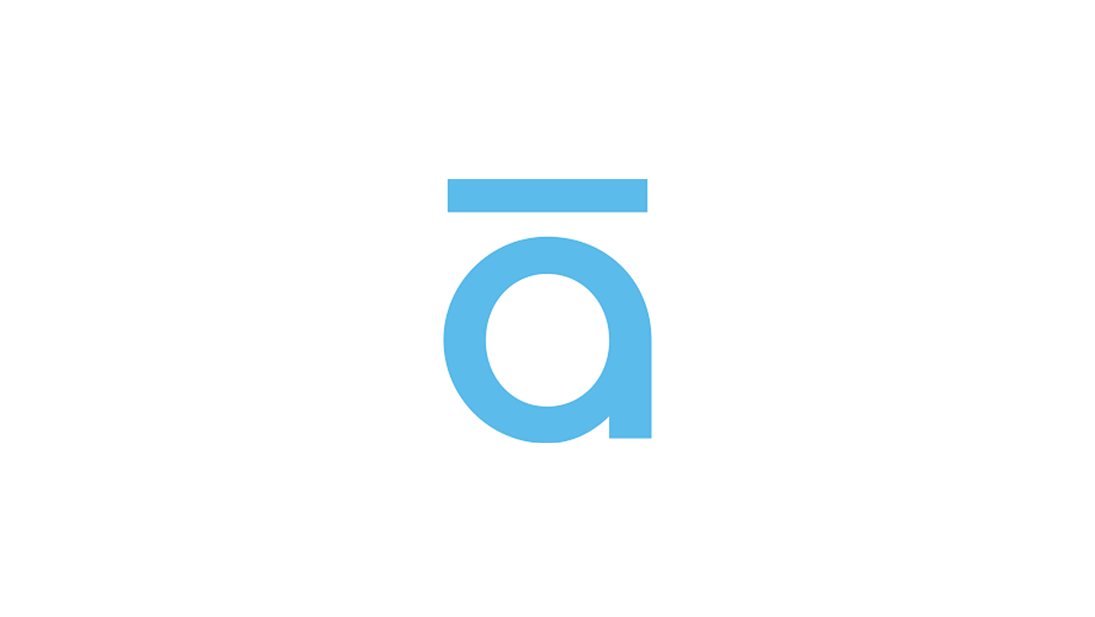Key Highlights
• Taught in Graphic Design and Web Design certificate programs from 2012-2018.
• Led pioneering efforts in online adult education when remote learning was still emerging.
• Major contributions included converting program design, developing courses and capstones, innovating workshops, and publishing a white paper for program marketing.
Instructor and Curriculum Developer
2012 - 2018, online teaching and instructional design
2012 - 2018, online teaching and instructional design
In 2012, Southern Methodist University (SMU) reached out to me with an offer to teach in their Web Design and Graphic Design certificate programs. Hesitant to relocate, I was eventually persuaded to join as an online instructor after working with a consultant to adapt my teaching methods for the virtual classroom. This was my first experience teaching and developing a program, courses, and a workshop online. It was a pioneering endeavor at a time when remote adult education was still relatively rare. I accepted the challenge, and over the next six years, I not only designed adult education products and taught but also helped shape the future of online education at SMU.
Accomplishments
Program design conversion: Guided the conversion of the Web Design Certificate program from foundational to the Advanced Web Design Certificate.
Course and capstone development: Designed and taught the introduction course and capstone practicum in the Graphic Design Certificate program. For the Advanced Web Design Certificate, I created and taught five track courses, including the 12-week capstone practicum.
Innovative workshop creation: Developed my first online workshop, HTML/CSS Lab with JavaScript, a new kind of workshop design. SMU added this workshop as an elective in the Advanced Web Design Certificate. It was offered once each semester for students in any section of the certificate.
White paper publication: Authored the white paper “Can I Do That? Yes, You Can Become a Web (U/UI) Designer” to promote SMU’s Advanced Web Design Certificate program. This served as a lead magnet for prospective students and instructors, significantly boosting SMU’s marketing efforts and expanding their email distribution list for direct engagement. Following its publication, the program experienced significant growth.
Advanced Web Design Certificate
I designed this program and taught all the track courses listed below.
- Introduction to Web Design
- HTML/CSS Basics
- Dreamweaver: Introduction
- UX-UI Strategy
- Responsive Design
- (2015: My workshop, HTML/CSS Lab with JavaScript, was added as an elective)
- Advanced Web Design Capstone
- HTML/CSS Basics
- Dreamweaver: Introduction
- UX-UI Strategy
- Responsive Design
- (2015: My workshop, HTML/CSS Lab with JavaScript, was added as an elective)
- Advanced Web Design Capstone
Additionally, students took Photoshop: Introduction and Illustrator: Introduction with other instructors on campus, as software courses were not permitted online at SMU at the time.
Program highlights:
Throughout the track courses, students were introduced to three different CSS frameworks to use as the base web code for their eventual capstone project. They learned about:
- Bootstrap: A comprehensive CSS framework.
- Foundation: Another complete framework.
- Skeleton: A basic and simple framework for small site projects, which is the most popular among students.
- Foundation: Another complete framework.
- Skeleton: A basic and simple framework for small site projects, which is the most popular among students.
In the Responsive Design course, students decided which of the three CSS frameworks they would employ for their capstone project and began to learn how to use it. They also learned about Google Fonts and Font Awesome (a font and icon toolkit based on CSS and Less coding) to use in their capstone project.
Capstone:
In the Advanced Web Design Certificate capstone, students worked on a 12-week practicum project to develop a real-world client site from concept through publishing (go-live).
Project Format:
- Defining the Project
- Developing Site Structure
- Designing the Visual Interface
- Building and Integrating
- Testing and Launch
- Post Launch
- Developing Site Structure
- Designing the Visual Interface
- Building and Integrating
- Testing and Launch
- Post Launch
The course was offered in a convenient online format. After successfully passing the capstone, students were awarded the Advanced Web Design Certificate.
Workshop added in 2015 to Advanced Web Design Certificate as an elective:
HTML/CSS Lab with JavaScript
Topics covered in this two-day intensive online workshop:
- HTML, CSS, JavaScript (browsers, client and server, static vs. dynamic)
- Code editors (including Dreamweaver)
- Web tech versions and the state of the Web (Web 1.0, 2.0, 3.0 / the Semantic Web)
- The HTML DOCTYPE (mark-up, HTML5)
- Page structure, containers, content Multi-column design and navigation bars
- CSS Box Model, 1.0, 2.0, 2.1, 3.0 selectors, responsive design
- JavaScript’s role on the page
- Code editors (including Dreamweaver)
- Web tech versions and the state of the Web (Web 1.0, 2.0, 3.0 / the Semantic Web)
- The HTML DOCTYPE (mark-up, HTML5)
- Page structure, containers, content Multi-column design and navigation bars
- CSS Box Model, 1.0, 2.0, 2.1, 3.0 selectors, responsive design
- JavaScript’s role on the page
Graphic Design Certificate
Courses I developed and taught:
- Introduction to Graphic Design (2012)
- Graphic Design Capstone (2012)
- Graphic Design Capstone (2012)
Additionally, students took InDesign: Introduction, Photoshop: Introduction, and Illustrator: Introduction with other instructors on the campus, as software courses were not permitted online at SMU at the time.
Capstone
In this tutorial-style course, students experienced the processes used by freelancers and design firms to create professional-quality graphic design pieces. Over twelve weeks, students come to understand in theory and practice what makes good design by translating key messages into visuals using form and space, color fundamentals, and typography and images effectively. Students followed a structured design process throughout the course. Upon completion of the project, students created their own designs for a client, which served as the beginning of a professional portfolio. The capstone included:
Module 1: Creative Brief and Logo Proposal
Module 2: Identity Package (business card, letterhead, envelope)
Module 3: Advertising Development
Module 4: Direct Mail Collateral Development
Module 5: Portfolio Development and Review
Final Project: Students presented their portfolio work as a PDF and online. Four factors — aesthetics, creativity, design strategy, and production value — was evaluated for a final grade.
Module 2: Identity Package (business card, letterhead, envelope)
Module 3: Advertising Development
Module 4: Direct Mail Collateral Development
Module 5: Portfolio Development and Review
Final Project: Students presented their portfolio work as a PDF and online. Four factors — aesthetics, creativity, design strategy, and production value — was evaluated for a final grade.
The course was offered in a convenient online format. After successfully passing the capstone, students were awarded the Graphic Design Certificate.
_____________
While Emory was the foundation of my career in adult education, SMU played an instrumental role in shaping my approach to e-learning. From 2012 to 2018, I led innovative efforts in e-learning for continuing education, a forward-looking endeavor at a time when remote learning was emerging in this sector. At SMU, I converted program designs, developed courses and capstones, introduced new workshops, and published a white paper to define strategies in digital marketing to support these evolving online programs.











